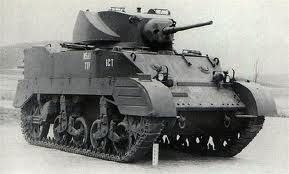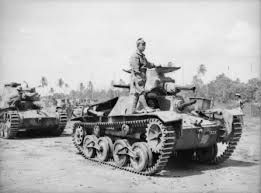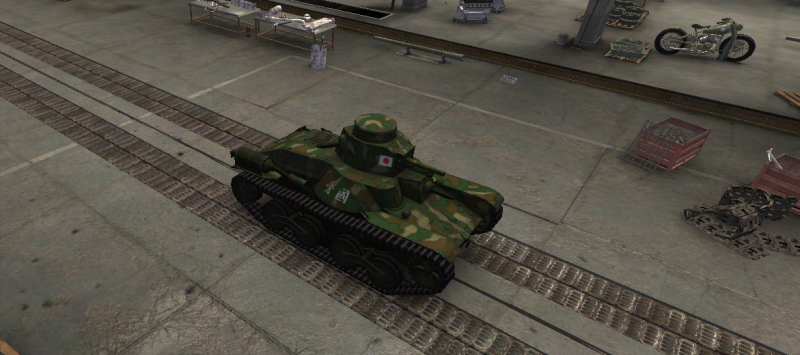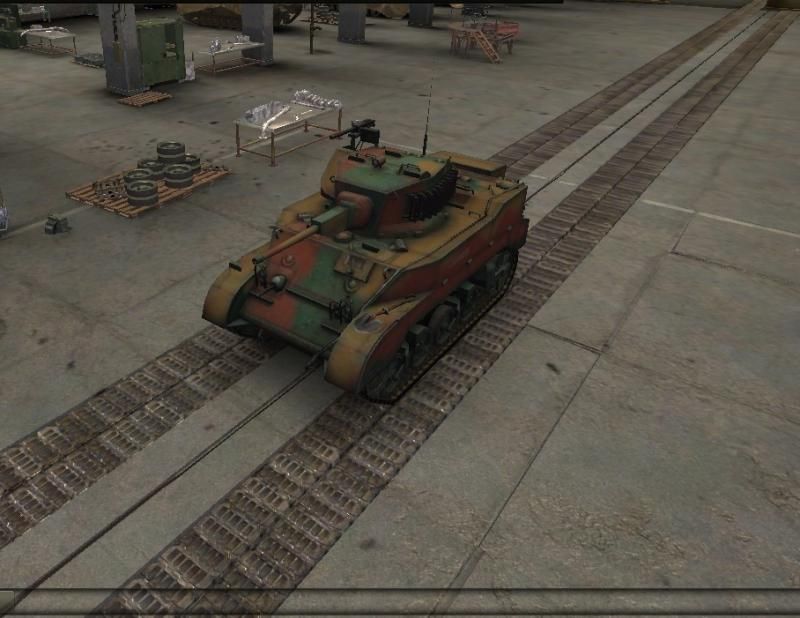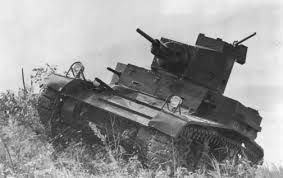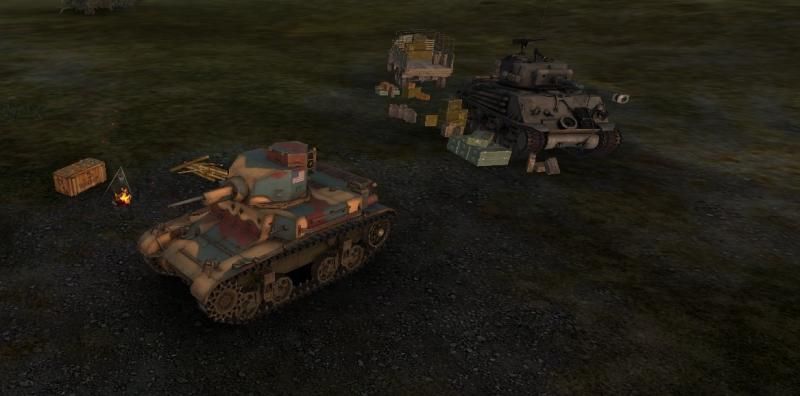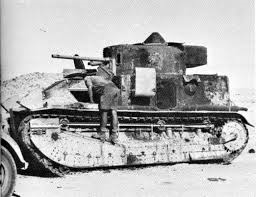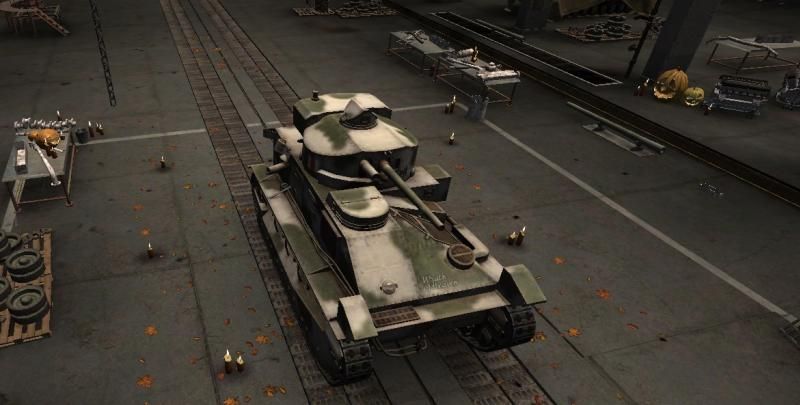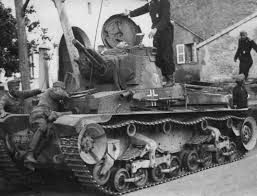Aristaeus
A-List Customer
- Messages
- 407
- Location
- Pensacola FL
For the Soviet Union, the Stuart M-3 Light Tank.
The M3 Stuart, formally Light Tank M3, was an American light tank of World War II. It was supplied to British and Commonwealth forces under lend-lease prior to the entry of the U.S. into the war. Thereafter, it was used by U.S. and Allied forces until the end of the war.
The name General Stuart or Stuart given by the British comes from the American Civil War Confederate General J.E.B. Stuart and was used for both the M3 and the derivative M5 Light Tank. In British service, it also had the unofficial nickname of Honey after a tank driver remarked "She's a honey". To the United States Army, the tanks were officially known only as "Light Tank M3" and "Light Tank M5".
The M3 Stuarts were the first American-crewed tanks in World War II to engage the enemy in tank versus tank combat.
Observing events in Europe, American tank designers realized that the Light Tank M2 was becoming obsolete and set about improving it. The upgraded design, with thicker armor, modified suspension and new gun recoil system was called "Light Tank M3". Production of the vehicle started in March 1941 and continued until October 1943. Like its direct predecessor, the M2A4, the M3 was initially armed with a 37mm M5 gun and five .30-06 Browning M1919A4 machine guns: coaxial with the gun, on top of the turret in an M20 anti-aircraft mount, in a ball mount in right bow, and in the right and left hull sponsons. Later, the gun was replaced with slightly longer M6, and sponson machine guns were removed.
Internally, the radial engine was at the rear and the transmission to the driving sprockets at the front. The prop shaft connecting the two ran through the middle of the fighting compartment. The radial engine compounded the problem, having its crankshaft high off the hull bottom. When a turret floor was introduced the crew had less room. The rear idler sprocket was moved to a trailing (ground contact) position.
To relieve the demand for the radial aero-engines used in the M3, a new version was developed using twin Cadillac V-8 automobile engines and twin Hydra-Matic transmissions operating through a transfer case. Such installation produced a quieter, cooler and roomier variant and was easier to train on the automatic version. The new model (initially called M4 but redesignated M5 to avoid confusion with the M4 Sherman) also featured a redesigned hull with sloped glacis plate and driver's hatches moved to the top. Although the main criticism from the units using it was that the Stuarts lacked firepower, the improved M5 series kept the same 37 mm gun. The M5 gradually replaced the M3 in production from 1942 and was, in turn, succeeded by the Light Tank M24 in 1944.
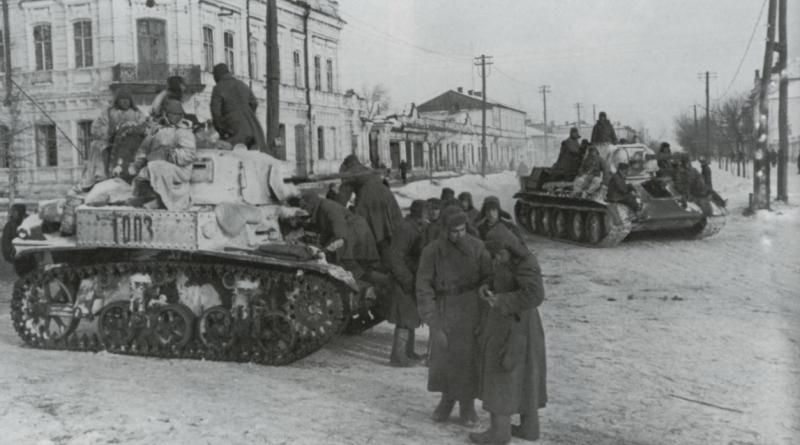
Type
Light tank
Place of origin
United States
Production history
Produced
1941–1945
Specifications
Weight
32,400 lb (14,700 kg)
Length
14 ft 2.4 in (4.33 m)
Width
8 ft 1.2 in (2.47 m)
Height
7 ft 6 in (2.29 m)
Crew
4 (Commander, gunner, driver, co-driver)
Armor
13–51 mm (0.51–2.01 in)
Main armament
37 mm M6 in M44 mount
174 rounds
Secondary armament
3 × .30-06 Browning M1919A4 MG
7,500 rounds
Engine
Continental W-670-9A, 7 Cylinder air-cooled radial
250 hp (190 kW)
Power/weight
17.82 hp/tons
Suspension
Vertical volute spring
Operational range
74 mi (119 km)
Speed
36 mph (58 km/h) (road)
18 mph (29 km/h) (off-road)
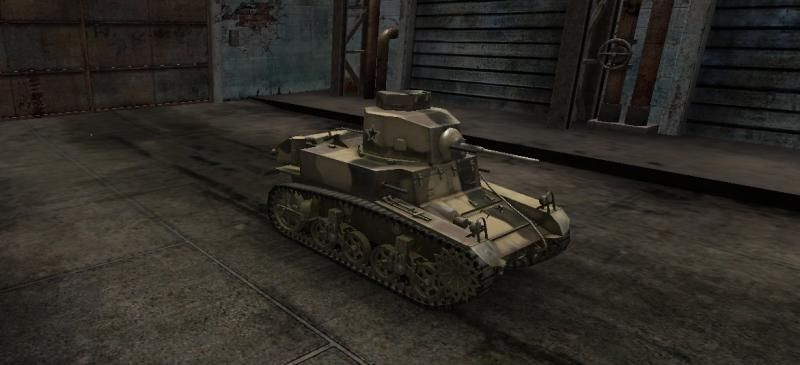
The M3 Stuart, formally Light Tank M3, was an American light tank of World War II. It was supplied to British and Commonwealth forces under lend-lease prior to the entry of the U.S. into the war. Thereafter, it was used by U.S. and Allied forces until the end of the war.
The name General Stuart or Stuart given by the British comes from the American Civil War Confederate General J.E.B. Stuart and was used for both the M3 and the derivative M5 Light Tank. In British service, it also had the unofficial nickname of Honey after a tank driver remarked "She's a honey". To the United States Army, the tanks were officially known only as "Light Tank M3" and "Light Tank M5".
The M3 Stuarts were the first American-crewed tanks in World War II to engage the enemy in tank versus tank combat.
Observing events in Europe, American tank designers realized that the Light Tank M2 was becoming obsolete and set about improving it. The upgraded design, with thicker armor, modified suspension and new gun recoil system was called "Light Tank M3". Production of the vehicle started in March 1941 and continued until October 1943. Like its direct predecessor, the M2A4, the M3 was initially armed with a 37mm M5 gun and five .30-06 Browning M1919A4 machine guns: coaxial with the gun, on top of the turret in an M20 anti-aircraft mount, in a ball mount in right bow, and in the right and left hull sponsons. Later, the gun was replaced with slightly longer M6, and sponson machine guns were removed.
Internally, the radial engine was at the rear and the transmission to the driving sprockets at the front. The prop shaft connecting the two ran through the middle of the fighting compartment. The radial engine compounded the problem, having its crankshaft high off the hull bottom. When a turret floor was introduced the crew had less room. The rear idler sprocket was moved to a trailing (ground contact) position.
To relieve the demand for the radial aero-engines used in the M3, a new version was developed using twin Cadillac V-8 automobile engines and twin Hydra-Matic transmissions operating through a transfer case. Such installation produced a quieter, cooler and roomier variant and was easier to train on the automatic version. The new model (initially called M4 but redesignated M5 to avoid confusion with the M4 Sherman) also featured a redesigned hull with sloped glacis plate and driver's hatches moved to the top. Although the main criticism from the units using it was that the Stuarts lacked firepower, the improved M5 series kept the same 37 mm gun. The M5 gradually replaced the M3 in production from 1942 and was, in turn, succeeded by the Light Tank M24 in 1944.

Type
Light tank
Place of origin
United States
Production history
Produced
1941–1945
Specifications
Weight
32,400 lb (14,700 kg)
Length
14 ft 2.4 in (4.33 m)
Width
8 ft 1.2 in (2.47 m)
Height
7 ft 6 in (2.29 m)
Crew
4 (Commander, gunner, driver, co-driver)
Armor
13–51 mm (0.51–2.01 in)
Main armament
37 mm M6 in M44 mount
174 rounds
Secondary armament
3 × .30-06 Browning M1919A4 MG
7,500 rounds
Engine
Continental W-670-9A, 7 Cylinder air-cooled radial
250 hp (190 kW)
Power/weight
17.82 hp/tons
Suspension
Vertical volute spring
Operational range
74 mi (119 km)
Speed
36 mph (58 km/h) (road)
18 mph (29 km/h) (off-road)

